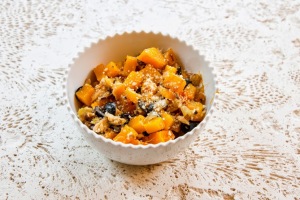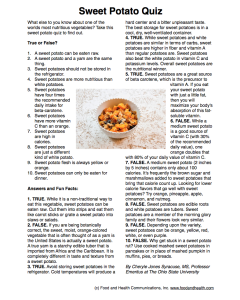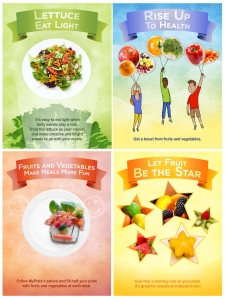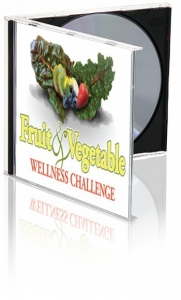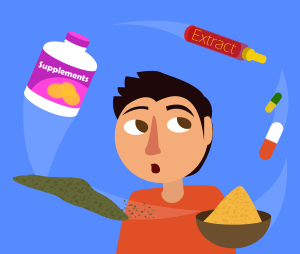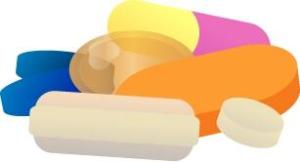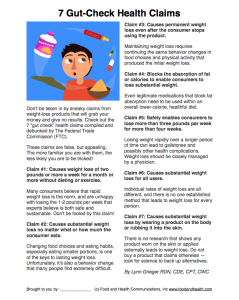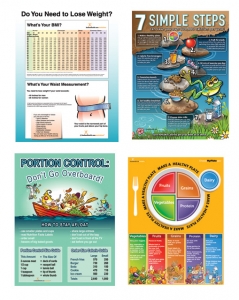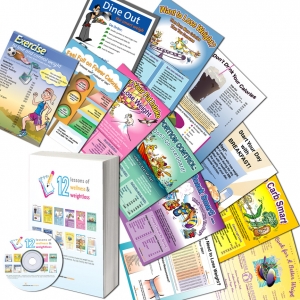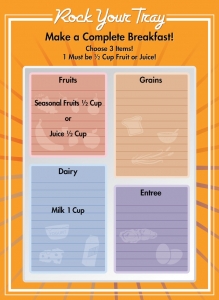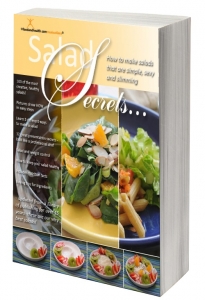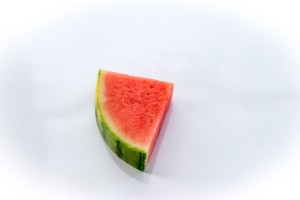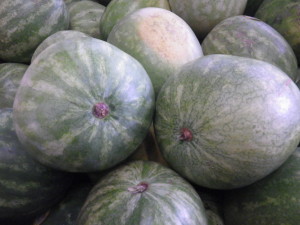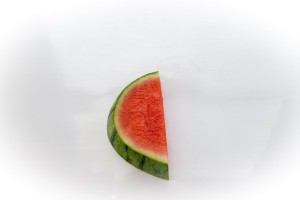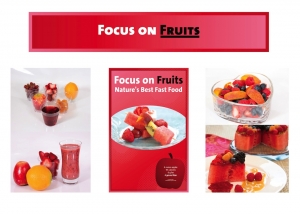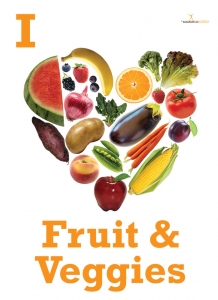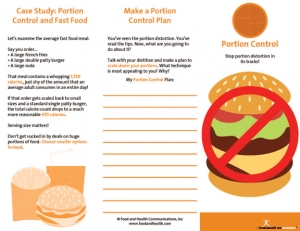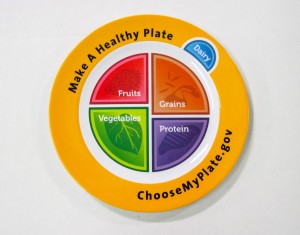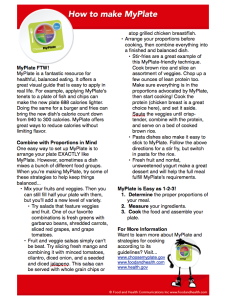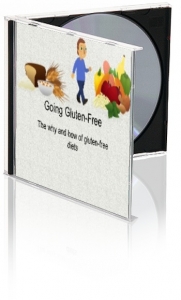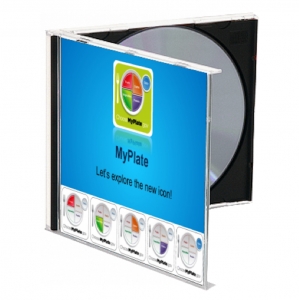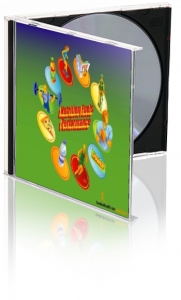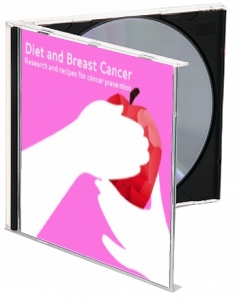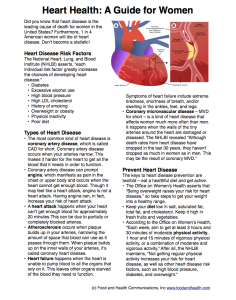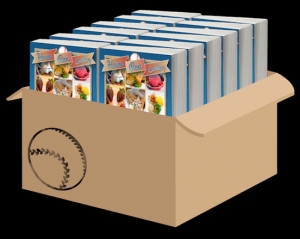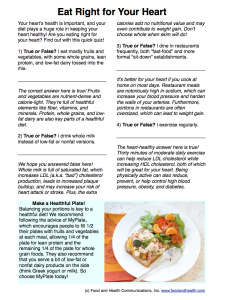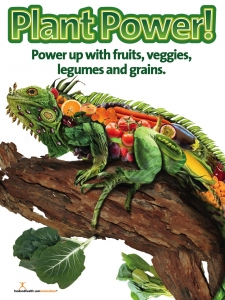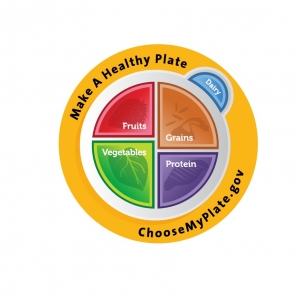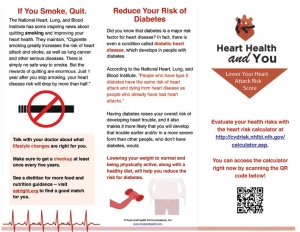Have you tried Mediterranean food?
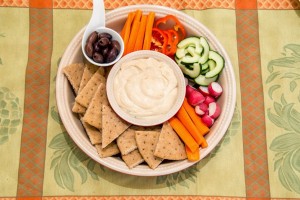 I have always loved meals from the Mediterranean region. One of my favorite restaurants in Miami served the most exquisite baba ganoush, hummus, falafel, and fattoush dishes that I have ever eaten. Once I tried them, I couldn’t get enough.
I have always loved meals from the Mediterranean region. One of my favorite restaurants in Miami served the most exquisite baba ganoush, hummus, falafel, and fattoush dishes that I have ever eaten. Once I tried them, I couldn’t get enough.
Because I loved Mediterranean food so much, I sought out ways to learn more about it. I made major strides in my study of and recipe development for the Mediterranean area in 2005. That was after I took a class at the Culinary Institute of America as part of my continuing education and ProChef II exam preparation.
The class was a 5-day intensive course on Mediterranean cuisine with Certified Master Chef Ken Arnone, CMC. Chef Arnone has spent a great deal of time in the Mediterranean and is one of the most passionate and detail-oriented chefs I have ever known. The 5-day course covered key foods from Provence, Sicily, Morocco, Tunisia, Spain, Greece, and Turkey. In that class, I worked with a group of chefs from all over the country. We spent hours learning about the history, ingredients, and cuisine of a particular Mediterranean region every day. After that, we would cook the food as a class and end the day with a huge feast.
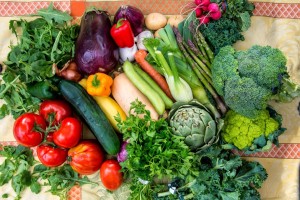 That may sound like a walk in the park, but the course was intense. Every day, we worked in teams to prepare a staggering number of dishes. Each one required extraordinary levels of mis en place. It was certainly a restaurant-style experience that involved sharing stoves, grills, and prep table space while working on a tight timeline. You see, Chef Arnone wanted all the food served at 6 pm sharp.
That may sound like a walk in the park, but the course was intense. Every day, we worked in teams to prepare a staggering number of dishes. Each one required extraordinary levels of mis en place. It was certainly a restaurant-style experience that involved sharing stoves, grills, and prep table space while working on a tight timeline. You see, Chef Arnone wanted all the food served at 6 pm sharp.
Now, once all the work was done, it was tons of fun to sit down and eat everything family-style in a large group. I remembered grabbing small portions of everything and making copious notes about what I liked in each dish.
If anything, that class increased my fascination with cooking foods from the Mediterranean region. When I got home, I bought tons of Mediterranean cookbooks. Then I read, studied, experimented, and read some more, cooking an endless parade of new dishes in my kitchen. After all, my ProChef II exam was just around the corner, and since the test was going to be a mystery basket with a 3-hour time limit and a specific serving time that needed to be hit precisely, I wanted to have as much practice as I could get.
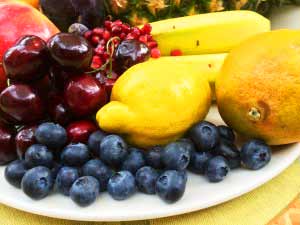 For the exam, I would draw a card out of a stack. That card would contain the name of a country, a type of protein, and a cooking method. I then would have to prepare a dish that matched the criteria on the card, which meant that I really had to study all of the countries and their cuisine, being able to make a dish from scratch in the time allotted — all with a master chef and other judges observing my process and technique.
For the exam, I would draw a card out of a stack. That card would contain the name of a country, a type of protein, and a cooking method. I then would have to prepare a dish that matched the criteria on the card, which meant that I really had to study all of the countries and their cuisine, being able to make a dish from scratch in the time allotted — all with a master chef and other judges observing my process and technique.
The exam day arrived, and so did the moment of truth. I drew a card. Greece, lamb, and grilling.
What a wonderful Mediterranean surprise! I won’t keep you in suspense — the final dish was a smashing success. My score was one of the highest in the class and my examining chef told me that my dish made him think that he was in a café in Greece!
Okay, that’s enough about my time with the ProChef II exam (though if you’d like to read more, it’s all in the post, CIA ProChef 2 Story).
Let’s get back to the Mediterranean.
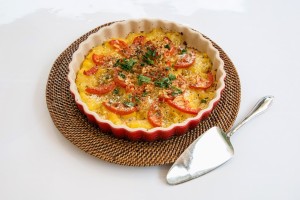 In 2014, I was approached by a book publisher who wanted me to write a Mediterranean cookbook. Unfortunately, the deadline was tight and the budget was scarce, so I had to turn it down. After that conversation, I started thinking about how I would outline my own book and what I would want to teach in order to help people learn about this wonderful region and its ingredients. I knew that I didn’t want to make just another cooking tour or gourmet encyclopedia. People are busy, so I wanted to make sure that I told them about the health benefits, ingredients, and popular dishes — all the keys, none of the wasted time.
In 2014, I was approached by a book publisher who wanted me to write a Mediterranean cookbook. Unfortunately, the deadline was tight and the budget was scarce, so I had to turn it down. After that conversation, I started thinking about how I would outline my own book and what I would want to teach in order to help people learn about this wonderful region and its ingredients. I knew that I didn’t want to make just another cooking tour or gourmet encyclopedia. People are busy, so I wanted to make sure that I told them about the health benefits, ingredients, and popular dishes — all the keys, none of the wasted time.
Around this time, I started teaching an advanced pastry course at Johnson and Wales University. During that course, I learned that photos of beautiful dishes motivate students to create their own masterpieces. I knew that I would want to carry that information into my Mediterranean project too.
From there, I started planning a multimedia class for the clients of Food and Health Communications, Inc. and the Nutrition Education Store. My plan was set into motion when our client, Michelle Ernanga, MS, RD, sent in a request for a Mediterranean Diet PowerPoint. I decided that this PowerPoint was a great place to start my larger project, because it is a lot more visual and interactive than a book. The infographics, research summaries, photos, and video make it very easy to learn all anyone would need to know about the health benefits, key ingredients, featured countries, and easy recipes of the Mediterranean.
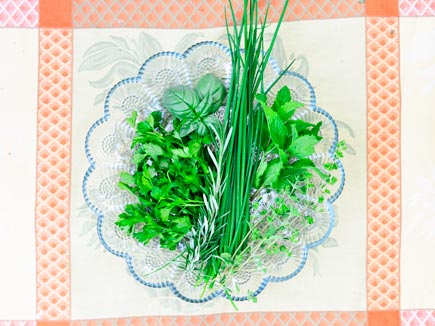 The point of the new Mediterranean Diet Class PowerPoint and Handout Set was to present the research, show the ingredients, and provide a look at a few popular dishes, along with exploring everyday substitutions that people could make in order to shift to a healthful plant-based diet.
The point of the new Mediterranean Diet Class PowerPoint and Handout Set was to present the research, show the ingredients, and provide a look at a few popular dishes, along with exploring everyday substitutions that people could make in order to shift to a healthful plant-based diet.
Thus the Mediterranean PowerPoint was born.
I would like to thank Lynn Greiger, RD, LD, for her tireless research on the health benefits of the Mediterranean diet, and Victoria Shanta Retelny, RD, for her contributions about the flavors and health benefits of this diet as well. I would also like to thank my editor, Stephanie Ronco, who was flexible, organized, and very detail-oriented. And of course I would like to give a shout-out to my son, Nicholas, who was very good at tasting and critiquing the finished dishes. Mostly, he clamored for more!
Creating this nutrition PowerPoint was an intense and wonderful experience, and I certainly learned a lot. Here’s my list of the 7 most important lessons that I took away from this project.
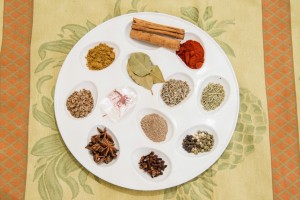 1. The ingredients overlap. The ingredient lists for many dishes from a variety of Mediterranean regions actually overlap! Yes, the dishes are different, but many of the base ingredients are the same. The whole point to cooking in a Mediterranean style is to use all of the delicious, highly-flavored and beautifully-colored fruits, vegetables, nuts, and beans that are so prevalent in all cuisines in the Mediterranean region.
1. The ingredients overlap. The ingredient lists for many dishes from a variety of Mediterranean regions actually overlap! Yes, the dishes are different, but many of the base ingredients are the same. The whole point to cooking in a Mediterranean style is to use all of the delicious, highly-flavored and beautifully-colored fruits, vegetables, nuts, and beans that are so prevalent in all cuisines in the Mediterranean region.
2. Mediterranean dishes are based on vegetables. Vegetables are the key, which makes this is a whole new world of cooking. I hadn’t realized how much I had painted myself into a corner by relying solely on old favorites until I started creating hundreds of delicious vegetable dishes and salads based on Mediterranean ingredients.
3. Sardines are delicious. No, really! I had read about them before, but I never really ate them until I created the Sicilian fennel, olive, and sardine salad. Sardines aren’t that high in sodium, they’re inexpensive, and they keep for a long time (in their cans). Plus, sardines are not on the big list of fish that can contain a lot of mercury, and yet they are a good source of omega-3 fatty acids. Of course, they also add a lot of flavor. You don’t need that many sardines in order to add rich flavor to many dishes. I had never added them to a salad or veggie dish before, but now I really like using them.
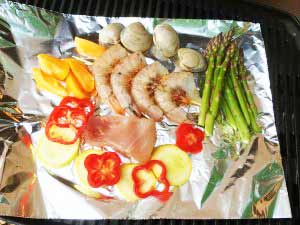 4. Grilling is prevalent but easy. You can create a whole dinner on a grill. Grilling is popular in the Mediterranean, and it has been popular for a long time. This has a lot to do with the history of the area, where fresh water is often sparse. Many dishes are made over a small wood fire, and many of the protein and vegetable components are grilled.
4. Grilling is prevalent but easy. You can create a whole dinner on a grill. Grilling is popular in the Mediterranean, and it has been popular for a long time. This has a lot to do with the history of the area, where fresh water is often sparse. Many dishes are made over a small wood fire, and many of the protein and vegetable components are grilled.
5. Tagines are awesome. A tagine is a Moroccan stew pot with a funny lid that’s conically-shaped. I originally bought one for learning about Moroccan stews. The thing I love the most about a tagine is that you can cook with a tiny amount of water and the meat and vegetables will cook very well. The stew can also cook on very low heat without burning.
6. Olive oils come in many flavors. I have since started shopping in olive oil boutiques and I am amazed at the variety of flavors. Some are bitter, some are smooth, some are grassy, some are acidic. And there are a million variations on a ton of flavor combinations. It’s always fun to come home with a new olive oil!
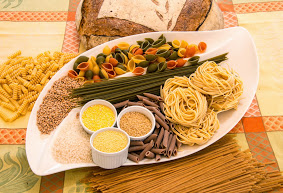 7. There are so many new grains to try. Where to start? Bulgur and couscous cook so quickly. And I love working with Valencia rice for paella. Risotto is also very delicious. Farro is a new-to-me grain with a crunchy, nutty flavor and texture. And pasta is always fun — I love to buy new shapes. The best part is that cooking grains Mediterranean-style is fast and easy. People will gather around the stove to watch you make paella and they will remember it for a long time.
7. There are so many new grains to try. Where to start? Bulgur and couscous cook so quickly. And I love working with Valencia rice for paella. Risotto is also very delicious. Farro is a new-to-me grain with a crunchy, nutty flavor and texture. And pasta is always fun — I love to buy new shapes. The best part is that cooking grains Mediterranean-style is fast and easy. People will gather around the stove to watch you make paella and they will remember it for a long time.
Of course, the show is full of great lessons in health, easy cooking, and nutrition. You can get a sneak preview today — all 100+ slides are featured in the flash version, so take a look and let me know what you think!
I’ve also added tons of new recipes to the Mediterranean recipe database, which is totally free and always available.
Mediterranean cuisine is constantly growing and changing. The region is home to the Modernist Cuisine movement, which was started by Barcelonan Chef Ferran Adria, who founded elBulli in the 1980s. Although he closed the restaurant in 2011, Chef Adria is starting a foundation to record, preserve, and create new cooking methods and presentations.
How will you try Mediterranean meals?
By Chef Doherty, PC II
Get the Mediterranean PowerPoint and Handout Set today! And there are lots of other nutrition education resources in the Nutrition Education Store!
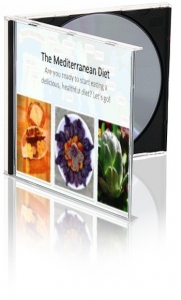
Mediterranean Diet Class with PowerPoint, Handouts, and Leader Guide

Kids Activity with MyPlate Bookmark
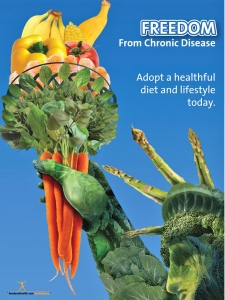
Freedom from Chronic Disease Poster



